As women enter their 40s and beyond, the body undergoes natural changes—metabolism slows, muscle mass decreases, and joint stiffness can increase. One of the most effective ways to combat these shifts is by focusing on core strength and balance. These two elements are not just for athletes; they’re essential for daily life, injury prevention, and long-term mobility. This beginner-friendly guide offers clarity on what to do, why it works, and how to adapt exercises for your unique needs.
The core isn’t just about having a flat stomach—it includes the muscles of the abdomen, lower back, pelvis, and hips. These muscles work together to stabilize your body during movement. A strong core supports posture, reduces back pain, and improves coordination.
Balance, on the other hand, declines with age due to changes in vision, inner ear function, and muscle responsiveness. Poor balance increases the risk of falls, which can lead to serious injuries. By training balance early, women over 40 can maintain independence and confidence in everyday activities—from walking on uneven ground to carrying groceries.

Research shows that consistent core and balance exercises can improve neuromuscular control—the brain’s ability to communicate with muscles. This leads to better coordination, quicker reaction times, and increased body awareness. For women over 40, this is especially valuable as hormonal shifts during perimenopause and menopause can affect muscle tone and joint lubrication.
Strength training, even at a moderate level, helps preserve lean muscle mass and supports bone density. Balance exercises stimulate the vestibular system and improve proprioception—your body’s sense of where it is in space. Together, these benefits enhance functional fitness, making daily tasks easier and safer.
Start with low-impact, controlled movements. Perform each exercise 2–3 times per week, allowing at least one rest day in between.
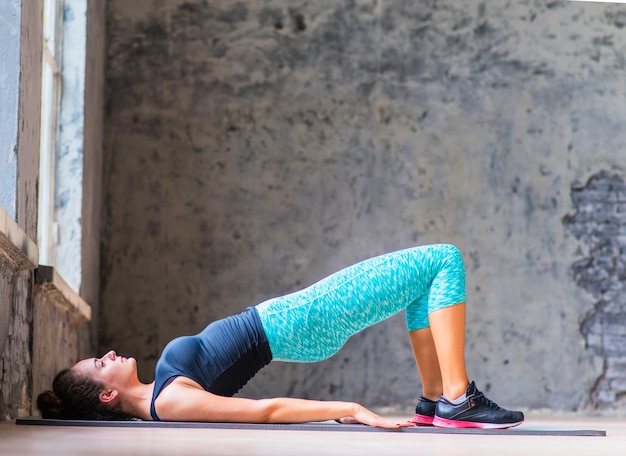
Balance training can be done anywhere—even while brushing your teeth. Start with support nearby (like a wall or sturdy chair) until you feel confident.
Every woman’s journey is different. If you’re new to exercise, start with seated or supported versions. Use a chair, wall, or countertop for stability. As strength and confidence grow, reduce support and increase duration.
If you have joint concerns or past injuries, avoid high-impact moves. Focus on form over speed or reps. Listen to your body—discomfort is a signal to modify, not push through.
For those with more experience, add challenges: close your eyes during balance holds, extend plank time, or try standing on a soft surface like a cushion to increase instability.
Consistency is key. Aim for 10–15 minutes of core and balance work most days of the week. Pair it with walking, yoga, or strength training for full-body benefits.
Track progress by noting how long you can hold a plank or balance on one leg. Small improvements add up over time. Celebrate non-scale victories like better posture, reduced stiffness, or feeling more stable on stairs.
Core and balance training is a powerful tool for women over 40. It’s not about achieving perfection—it’s about building resilience, confidence, and freedom in your body. With clear, adaptable strategies, you can enhance flexibility, prevent injury, and enjoy a more active, independent life.
Start small, stay consistent, and trust the process. Your future self will thank you.

Fitness

Fitness

Fitness

Fitness
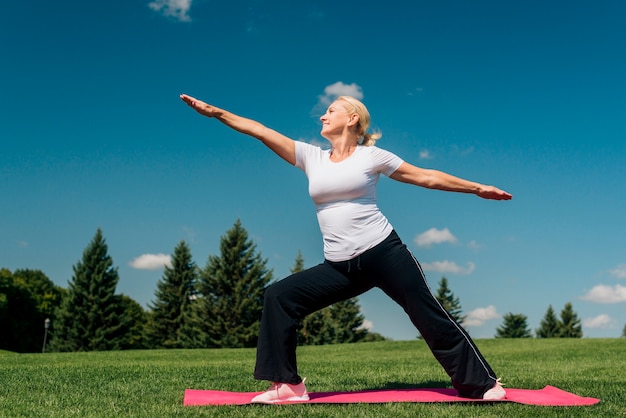
Fitness
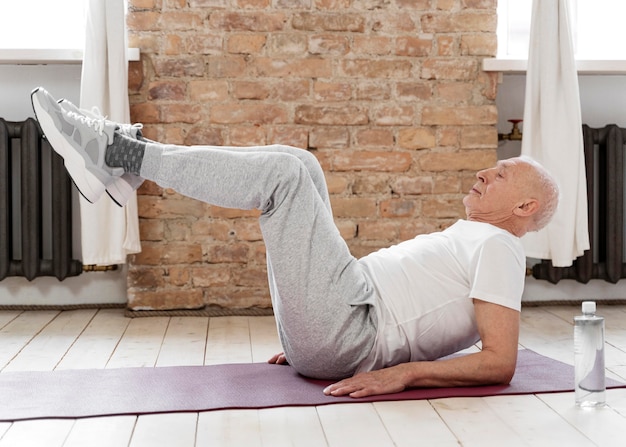
Fitness
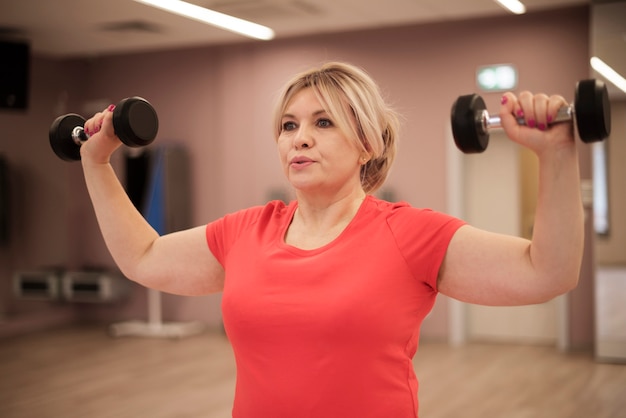
Fitness
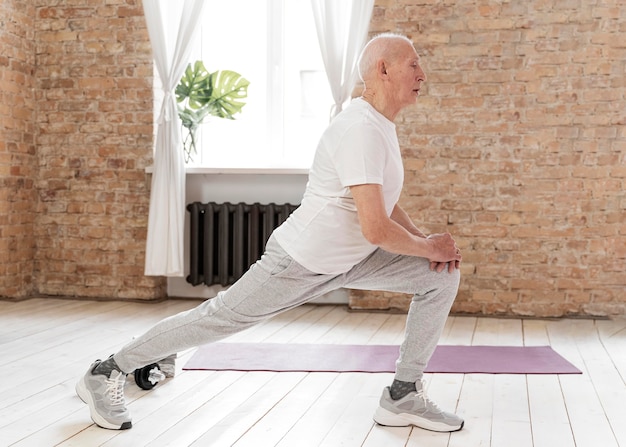
Wellness
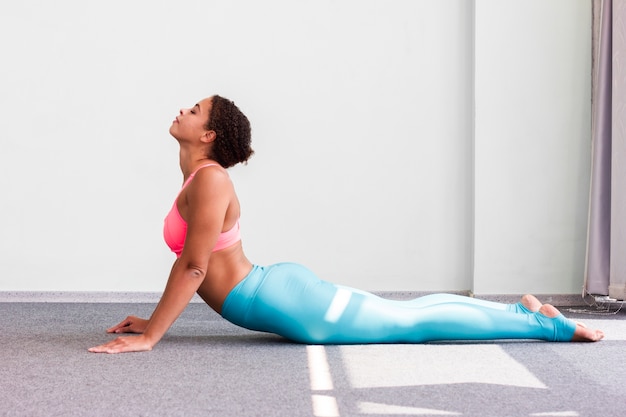
Fitness
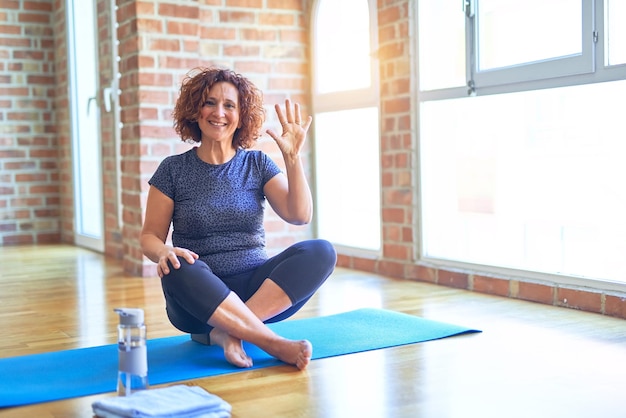
Fitness
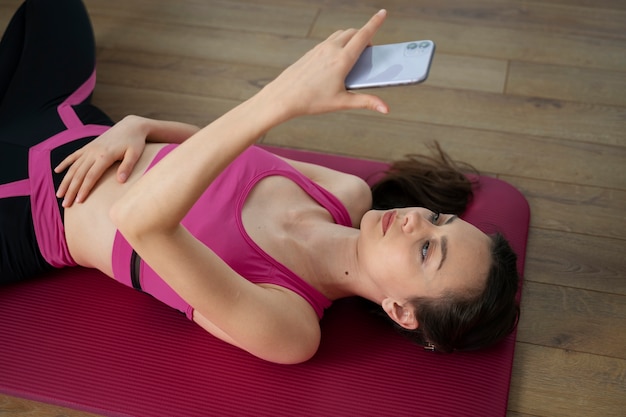
Wellness

Fitness

Health

Fitness

Health

Health